One of the challenges of doing this thing we called Literary North is keeping up with literary events to share with you. We created Literary North precisely because something like it didn’t already exist, so we spend a lot of time combing through other organizations’ calendars, newsletters, and blogs to dig out the events we put on our calendar.
We also rely on generous members of our literary community to let us know what’s going on where they live and work. Among those generous souls is Lizzy Fox, who has been one of our best connections with the author reading schedule at the Vermont College of Fine Arts. So we were thrilled to learn that Lizzy has her first book of poems coming out in January 2021. Red List Blue (Finishing Line Press) is available for preorder now through November 20, 2020.

Red List Blue navigates love and longing, loss, and anxiety against the backdrop of today’s global environmental crises. Cynthia Huntington calls the poems in this book “agile and clear, their presence turned to the reverberating uncertainties of surface appearance and darkening realities…these are the poems we need and welcome in these hard days.”
To celebrate her coming book, we asked Lizzy to share a reading list with us, and she sent us a fantastic selection of her favorite speculative literature. Thank you so much, Lizzy!
Speculative Literature - A Few Favorites
I’m casting a wide net with my definition of speculative literature. From fantasy trilogies to poetry, I prefer my reading list to include a little magic in every corner. Here are some of my favorite titles that sparkle with the sublime, the surreal, and the spectacular.
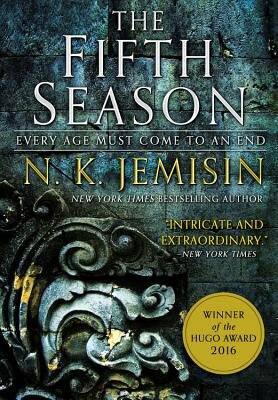
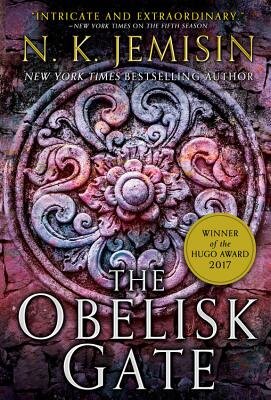
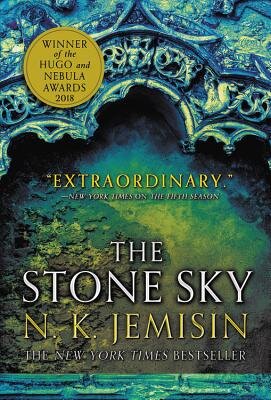
The Broken Earth Trilogy, by N.K. Jemisin
First, I should tell you that all three books in this trilogy (The Fifth Season, The Obelisk Gate, and The Stone Sky) won the Hugo Award for Best Novel. Each one is as breathtaking as the last. In these tales set on supercontinent The Stillness, Jemisin explores themes of environmental destruction, racism, and freedom. The Stillness is divided physically and socially, with humanity living in a series of walled-off cities, each rocked routinely by earthquakes caused by human hands. At once a cautionary tale and one of hope, The Broken Earth Trilogy makes us think about how we treat one another, what we really know of our past, and our relationship with the Earth. Moreover, it is a plot-twisting page-turner filled with characters I sorely missed as soon as I’d finished reading.
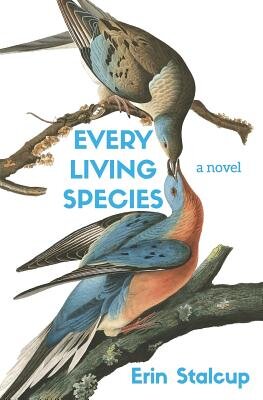
Every Living Species, by Erin Stalcup
Ecofabulism, a term Stalcup helped coin at an AWP (Association of Writers & Writing Programs) panel a few years ago, refers to texts that use speculative devices to grapple with the very real impacts of climate change. Stalcup’s book is set in the near future, where an aviary has been constructed in upper Manhattan to house and protect every living species of bird remaining on Earth before they become extinct. We follow two main point-of-view characters as they explore the exhibit during its grand opening. One, a college student named Arrow, is struggling to decide what she will do with her life in the face of a declining planet. The other, an artistically blocked filmmaker named Ivan, has just released a horror flick in conversation with Alfred Hitchcock’s The Birds and is hoping to find inspiration for his next work. Both struggle with what it means to love, create, and make a life in the face of mass extinction, rising seas, and rampant wildfires.

Patient Zero, by Tomás Q. Morín
We don’t talk much about speculative literature as it relates to poetry, though I’d wager that the impossible shows up no less often (indeed, perhaps more often) in verse than it does in prose. Morín’s work is punctuated by the impossible and the imagined. It features a yeti “...teaching / the parrots how to say brotherhood in grunt”; a future without books in which poets are employed as food columnists; and aliens on a shag rug listening to the Golden Record. These poems are lovely and weird and written in long, lilting sentences that pile each fantastic image onto the next until the scenes are blended in a kaleidoscope of magic and beauty.

Song, by Brigit Pegeen Kelly
While many of the poems in Song stick to the bounds of reality, the title poem is so haunting and so defiant of the laws of nature that the entire collection earns a place on this list. In the poem, Pegeen Kelly relays the tale of a girl’s pet goat killed by a local band of teenage boys. They hang the goat’s head in a tree far from its body, where, Pegeen Kelly writes,
The head called to the body. The body to the head.
They missed each other. The missing grew large between them,
Until it pulled the heart right out of the body, until
The drawn heart flew toward the head, flew as a bird flies
Back to its cage and the familiar perch from which it trills.
Then the heart sang in the head, softly at first and then louder.
Fantastical, horrifying, and strange, Song is a lament, a critique of masculinity, a coming of age tale, a folk song, a strange and haunting lullaby, a nightmare capturing the real texture of our lives. It is one of many poems in which Pegeen Kelly interrogates human’s relationship with animals and finds us wanting.
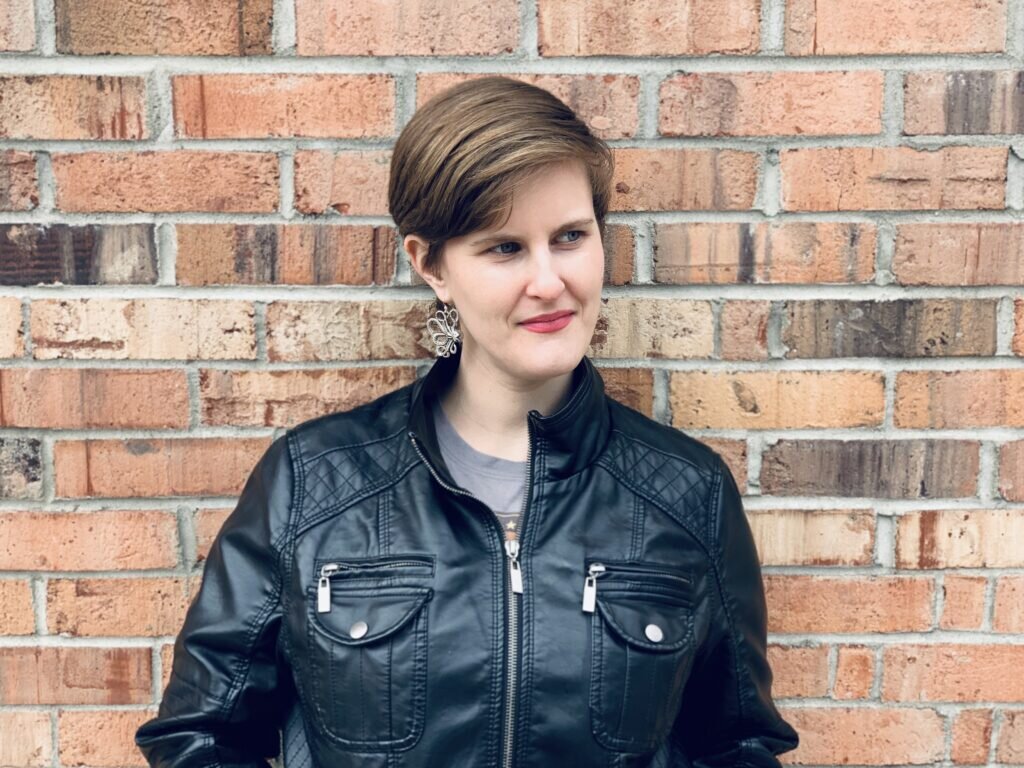
Lizzy Fox’s poetry has appeared in The Greensboro Review, Hunger Mountain, Puerto Del Sol, and elsewhere. She holds an MFA in Writing from Vermont College of Fine Arts and is currently working toward a Vermont licensure to teach high school English. Red List Blue (Finishing Line Press, 2021) is her first book. Lizzy lives in Montpelier with her fiancé and their sweet cat Rhu.